Samsung has unveiled some impressive advancements with its latest foldable devices, the Galaxy Z Fold 7 and Z Flip 7, claiming these to be the thinnest and most refined foldables to date. 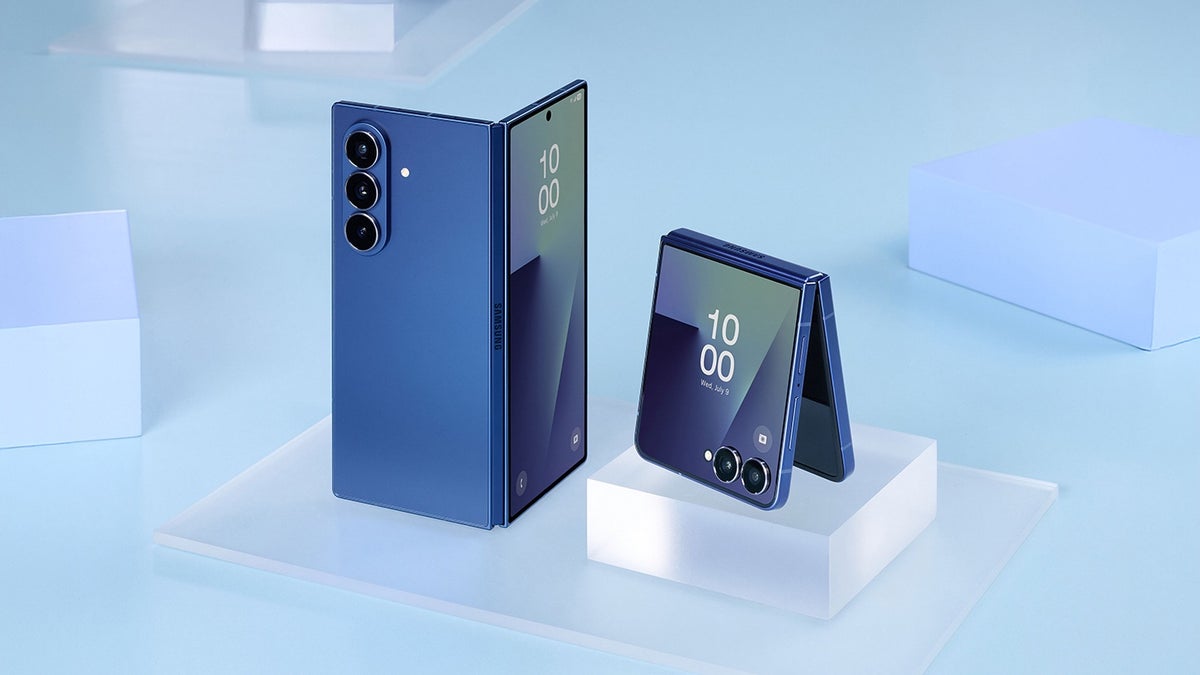
The company highlights how they’ve reengineered almost every aspect of these devices, from hinges to displays, to deliver more power in a sleeker design.
The Galaxy Z Flip 7 is now thinner than ever, measuring just 6.5 mm when open and 13.7 mm when closed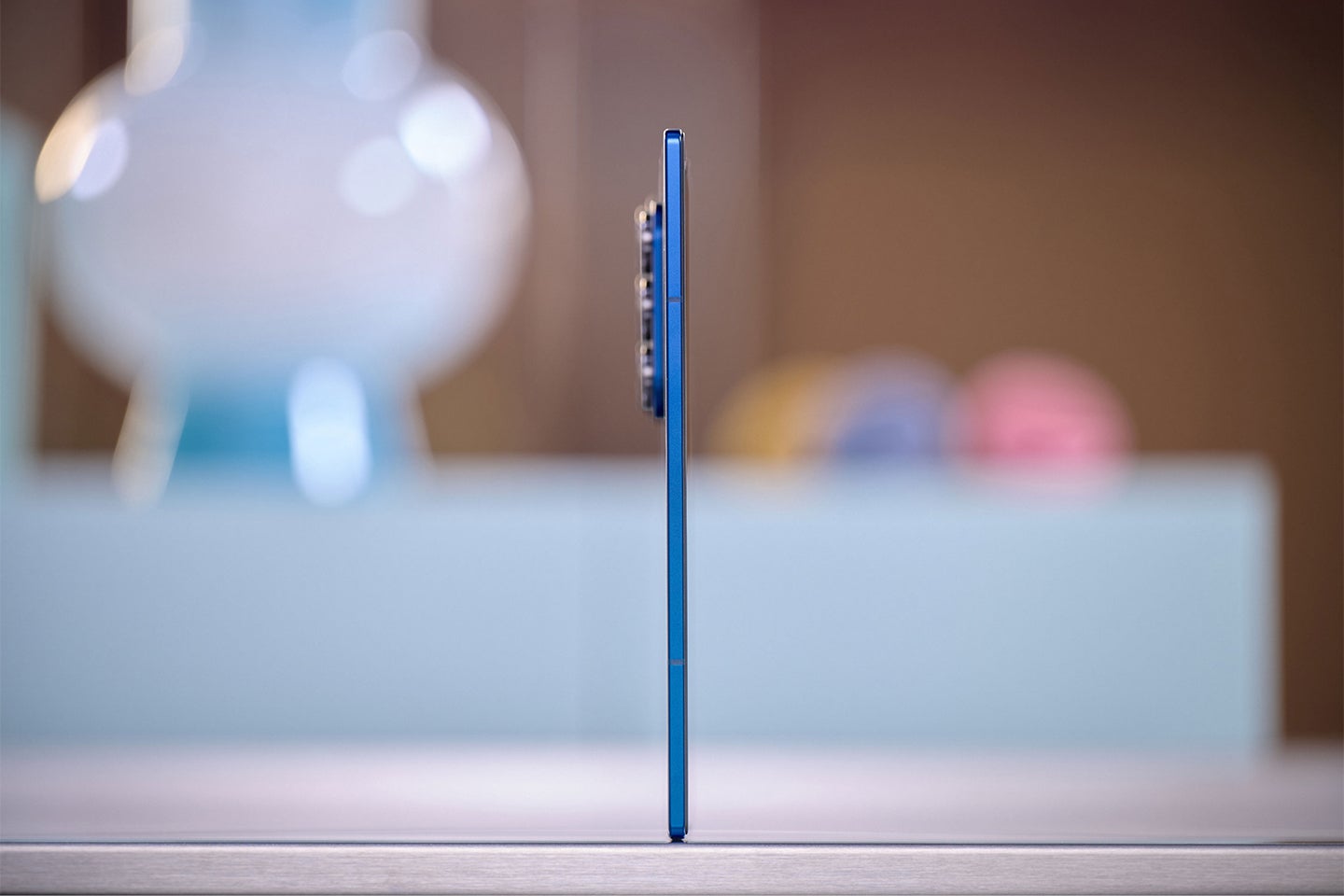
. This significant slimming down comes thanks to a redesigned, high-density circuit board and a new battery that’s 300 mAh larger, but still slimmer.
The Galaxy Z Fold 7 takes things even further, trimming nearly half the profile of the original Fold. 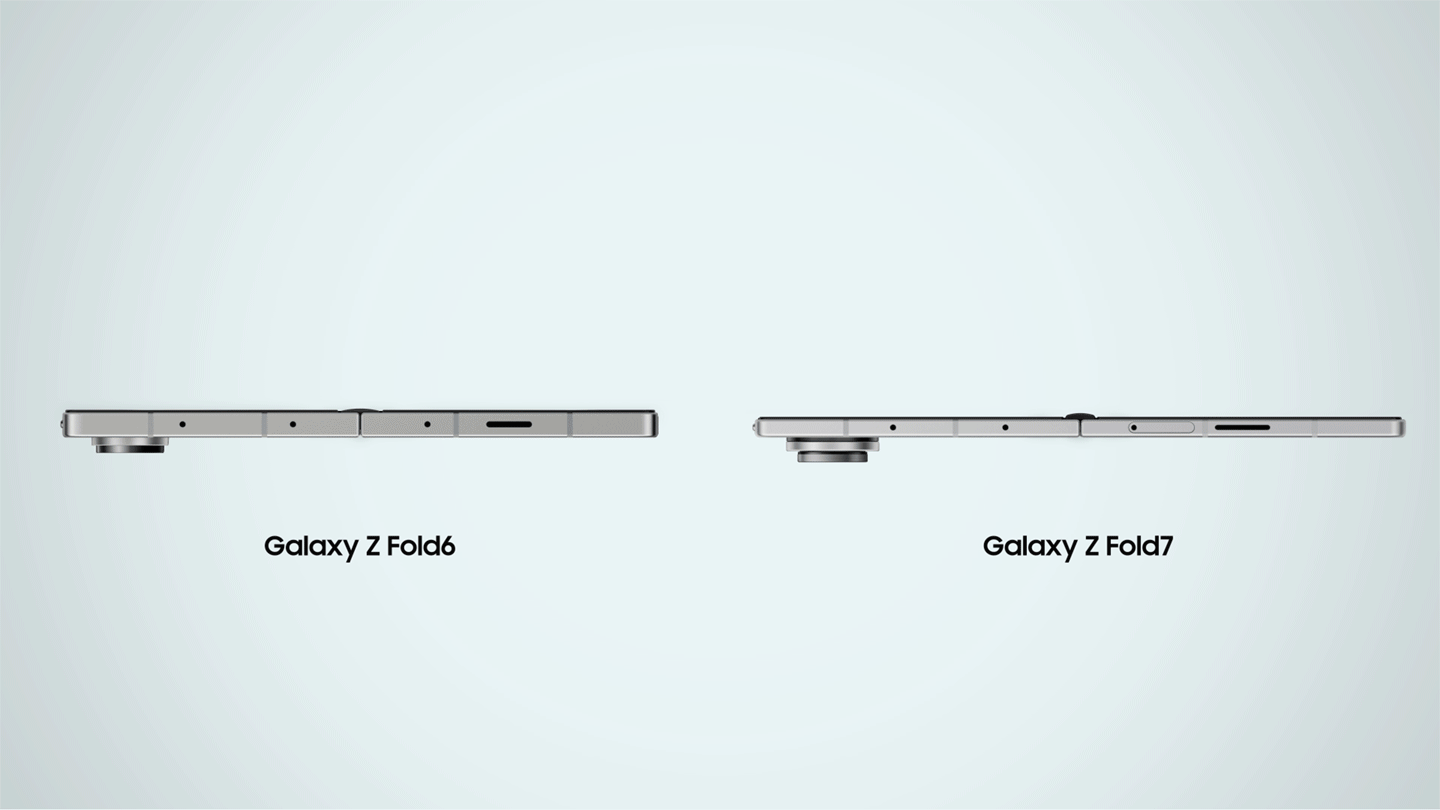
When folded, it’s only 8.9 mm thick, and when opened, it’s just 4.2 mm. Samsung has also gone for a wider 21:9 aspect ratio for its main screen, which is better suited for everyday smartphone use.
Much of the reduction in thickness stems from the new hinge systems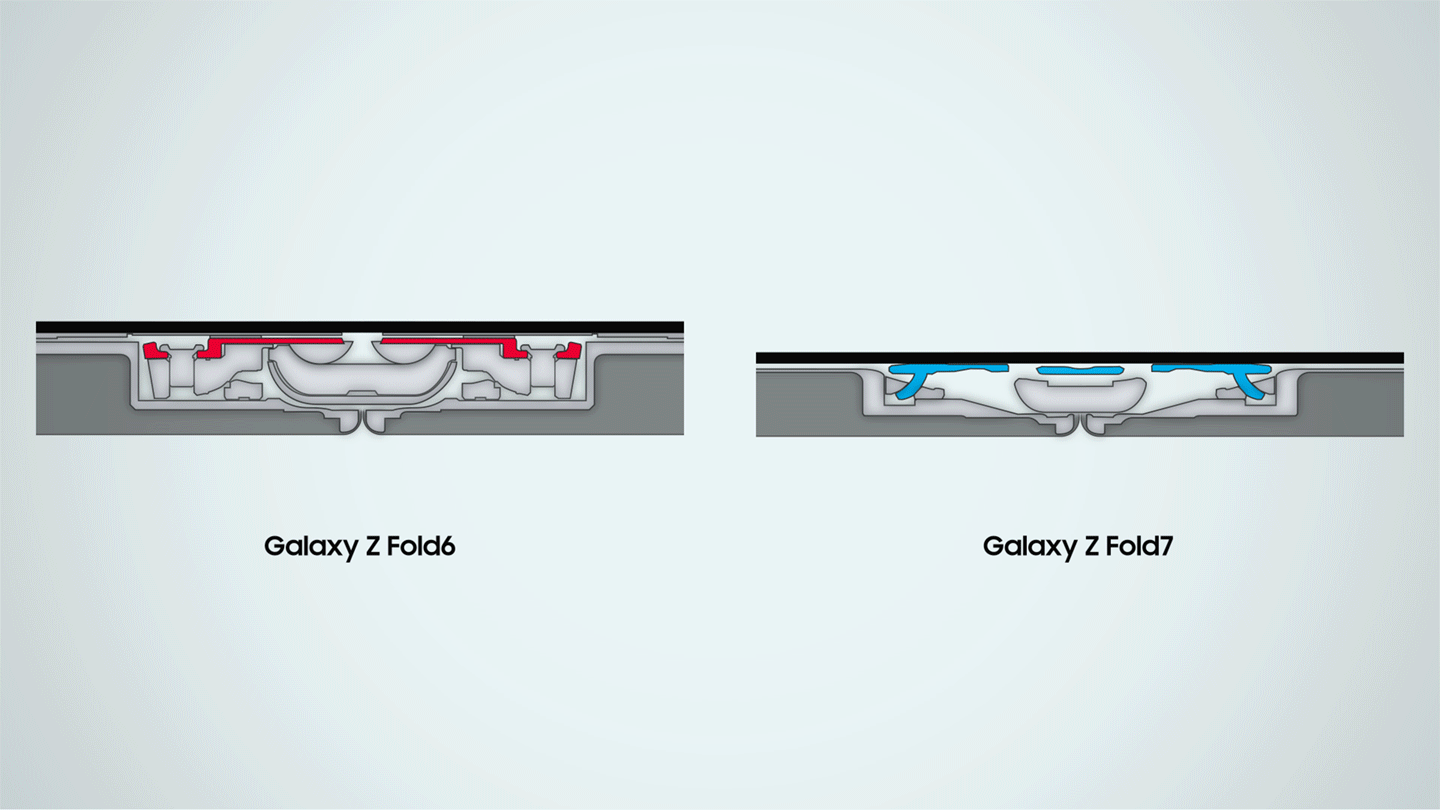
. The Z Fold 7 features a third-generation Armor FlexHinge that’s 27% thinner and 43% lighter than its predecessor. The hinge elements have been redesigned to offer better structural support and greater durability, reportedly improving by over 14% thanks to a new alloy material.
The Z Flip 7 features Samsung’s thinnest FlexHinge yet, which has been trimmed by 29% compared to the Flip 6. 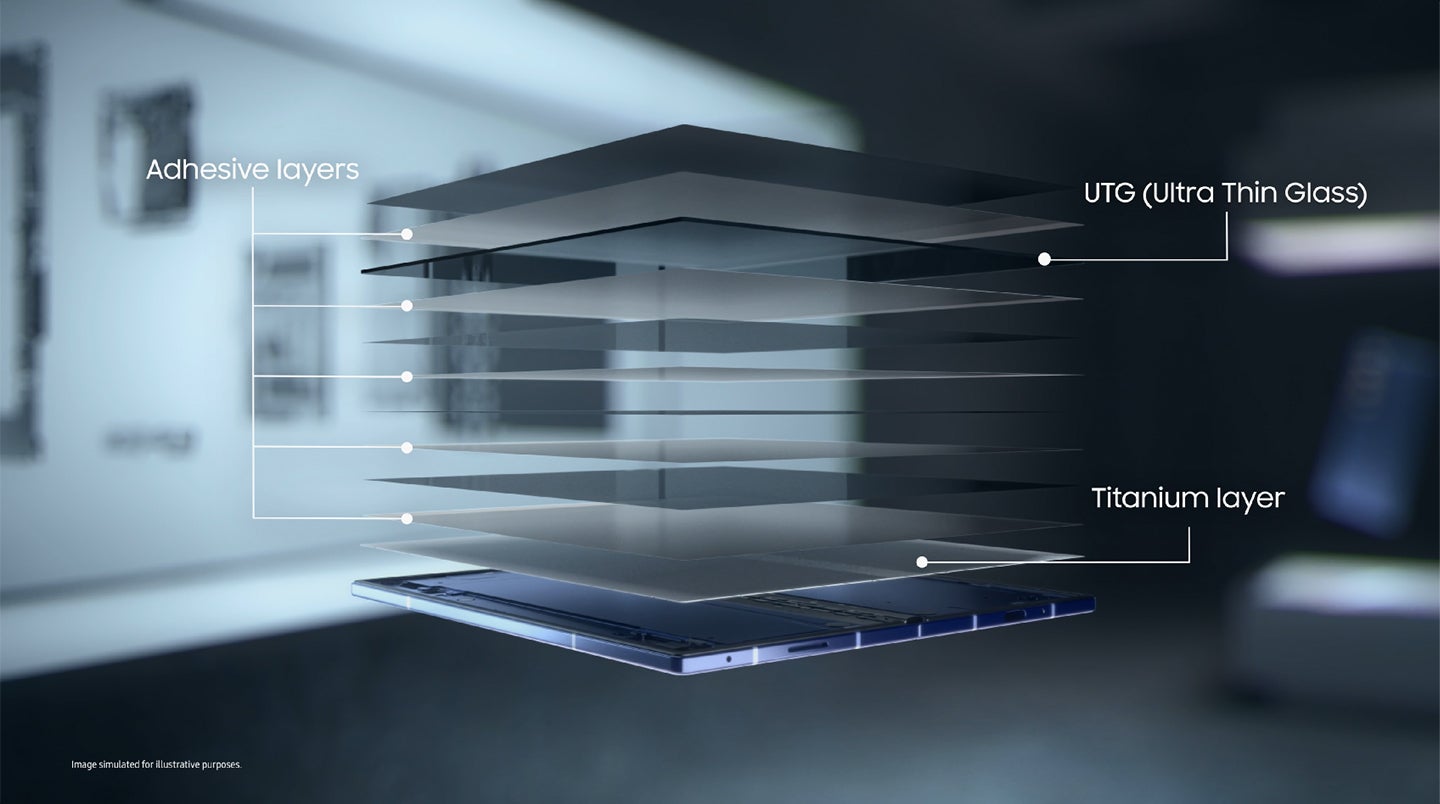
Despite this slimmed-down profile, it still supports the full Flex Mode, promising durability and everyday reliability.
On the display side, both foldables see major improvements. The Z Fold 7’s display is now 39% thinner, with a complete redesign that includes a titanium-based internal lattice replacing the previous carbon fiber. Additionally, the Ultra Thin Glass is now 50% thicker than before, further enhancing durability.
The Z Flip 7 keeps its classic clamshell design but makes notable visual changes. The new edge-to-edge Infinity Cover Display eliminates the previous black border, the HID camera has been repositioned for symmetry, and the bezels have been reduced by 68%, now measuring just 1.25 mm.
On the camera front, Samsung has made significant strides. The Z Fold 7 boasts the first-ever 200 MP sensor in a foldable, with a redesigned camera module that keeps the size compact while maintaining top-notch image quality. Meanwhile, the Z Flip 7 has received a full camera rebuild, focusing on improved autofocus performance in a slimmer form factor.
Both devices are built tougher than before. The Z Fold 7 now uses Gorilla Glass Ceramic 21 for its cover screen, and its frame is constructed from Advanced Armor Aluminum, which is 10% stronger than the previous version.
Ultimately, Samsung aims to make these foldables feel just as familiar and premium as any flagship phone, but thinner, lighter, and designed for everyday use. While these devices may not radically change the foldable phone game, they represent important steps forward in refining the experience and bridging the gap between foldables and traditional smartphones.